The director: Patrick Murphy (Above)
Running the Royal Hibernian Academy means directing an institution that houses a major exhibitions programme, including the famous Annual. Patrick Murphy also oversaw the complete refurbishment of the building on Ely Place, reopening in 2009, with state of the art galleries, studios, a school and meeting rooms for the membership of the Academy itself.
Currently on show is Futures 13, one of a series showcasing artists to watch for the future. To discover these, and inform the exhibition programme, when not fundraising (an absolute, but time-consuming must for any institution), Murphy makes studio visits throughout Ireland. They “demand great mental agility”, he says, “as it’s just me, the work and its creator. Sometimes with younger artists I am seeing their work for the first time. You can’t be a curator without doing them.” He also sits on panels for bursaries and studios, which is “a good way to research what artists are doing, and what are the current obsessions”.
Artists enthusiastically describe Murphy as likeable, energetic, approachable, and "on their side". So what is he looking for in an artist? "Curiosity, skill and the passion to be significant contributors to the future of visual art." And those obsessions? "It's very rangy but there is an interest in the material. By that I mean the scientific 'why' of things."
Key to the art world because: having worked as director of the ICA in Philadelphia for a decade, Murphy has a foot in the Irish and international art worlds and is a major advocate for Irish artists at home and abroad.
Focus: "That the RHA is relevant, to all artists and audiences, and with over 120,000 visits this year I think we have succeeded."
rhagallery.ie
The international curator: Anna O’Sullivan
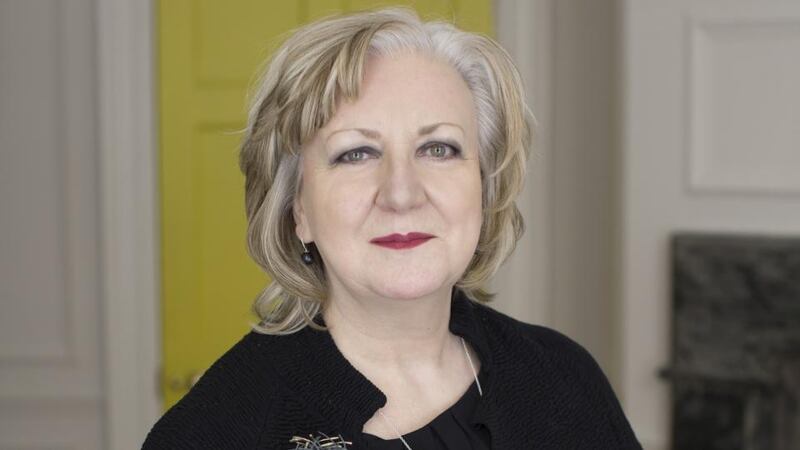
Commissioner of the Irish pavilion at this year’s Venice Biennale, Anna O’Sullivan is Director of Kilkenny’s Butler Gallery, and sits on Arts Council funding panels. She also spent 23 years working in New York, at the Robert Miller Gallery, selling art, as she puts it “to the very privileged few”. This experience makes it important that the art the Butler shows, though challenging, reaches out to all comers with a mix of Irish and leading international artists.
The Arts Council decisions, she says, are “tough but fair, and one does get to see what artists are working on around the country […]Without this support, the rest of the system ceases to function. The downside is that it is difficult to see some extremely worthy projects go unfunded, but there simply is not enough to go round.”
She is discreet about her vast international experience, but, as audiences at Bob and Roberta Smith’s artist talk at this year’s Kilkenny Arts Festival discovered, she does have some “juicy stories to recount, when prodded”. Like the time she went into Louise Bourgeois’ house to discover Bono and The Edge singing in the kitchen…
Curating Ireland at Venice kept up O'Sullivan's international connections, and the exhibition, Enclave, by Richard Mosse made top picks lists in the Wall Street Journal, Guardian and New York magazine. "All the planets were nicely aligned," says O'Sullivan, characteristically low-key about the extraordinary success.
Key to the art world because: she keeps Irish artists connected internationally from her base in Kilkenny.
One wish: to see more trips to the Butler from people around the country.
butlergallery.com
The independent: Mary Cremin
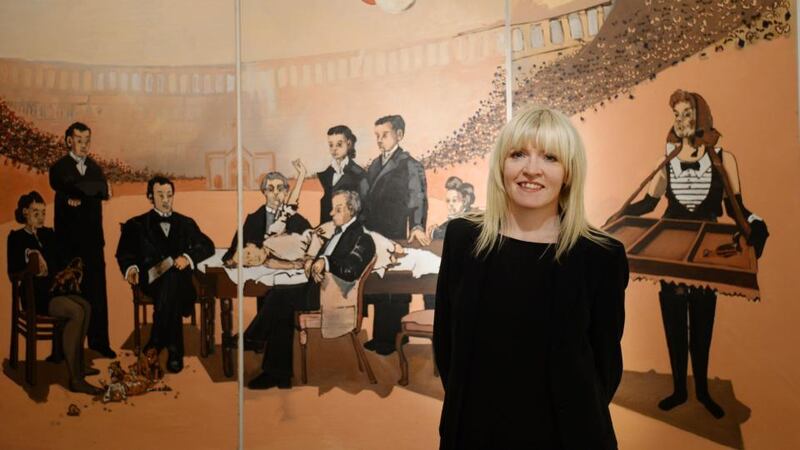
Established galleries and institutions have their own teams, but they also work with independent curators, such as Mary Cremin. These are the people who do “one-offs” in galleries and can bring artists to the attention of the people in charge. Cremin has worked in New York, as well as at the Irish Museum of Modern Art, the Project Arts Centre, Temple Bar Gallery, Green on Red, and Mother’s Tankstation, all in Dublin, and Ormston House in collaboration with Limerick City Gallery. Curators select artists and then work with them to help them to realise their exhibition ideas.
“As a curator you discover artists by various means: through galleries, studio spaces, exhibitions, art colleges and travelling internationally. When I’m interested in an artist for a project I’m researching, I’ll do a studio visit and begin the conversation. It’s important to have a good rapport with the artist.”
A museum show can take two or more years to plan, so ideas are developed over time. “The really exciting part is when you begin to install the exhibition with the artists. It can be quite stressful but it’s great to see it come to fruition.”
Engaged and driven by an interest in what artists are doing right now, Cremin is also focused and practical. Her job means she juggles a number of projects and she’s just finished installing an exhibition by Sonia Shiel at the Oonagh Young Gallery (until January 16th). She is also curating the exhibitions programme at the Roscommon Arts Centre and working with Dublin City University on its art collection.
Key to the art world because: She brings artists to the attention of galleries and institutions and makes exhibitions happen.
Irish artists to watch: "Two young emerging artists, Eleanor Duffin and Aoibheann Greenan. Irish artists I have worked with this year include Sonia Shiel, David Beattie, Laura Buckley. Other artists to watch are Aleana Egan, Fergus Feehily, Barbara Knezevic, Isabel Nolan, Richard Mosse, Duncan Campbell and Martin Healy."
marycremin.com
The internet start-up: Katie Tsouros
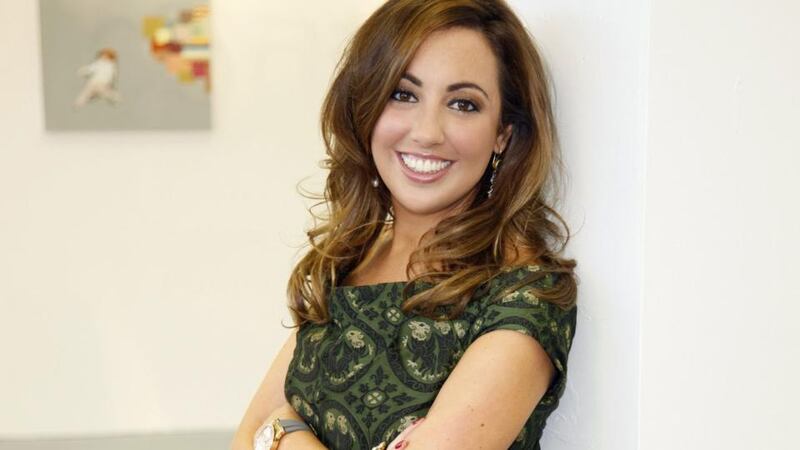
After working at the Rubicon Gallery in Dublin, and Sadie Coles in London, Katie Tsouros started her own gallery KT Contemporary in 2010, before moving online this year with Artfetch.com. Artfetch focuses on emerging artists, but with other high-profile websites including Artsy, Paddle8 and Artspace all vying to be the first to crack the internet as a means of selling art, what are Artfetch’s chances?
Tsouros is energetic and iconoclastic. “The novelty of being able to sell a piece of art while sitting on my couch on a Saturday night, as opposed to sitting in a freezing cold gallery will never wear off. I can now literally sell art in my sleep. But,” she adds, more seriously, “the art world is crying out for a revamp.”
The internet may take the legwork out of trawling the world's art studios and galleries, but how can you replicate the carefully finessed "sucking up" that the really successful galleries do for their collectors? That's what Tsouros wants to get away from: "it's about offering an alternative. It's also removing that cloak and dagger characteristic associated with the art world, and challenging the traditional gatekeepers. For a first-time buyer it removes the dreaded intimidation of taking that first step into the cold, unfriendly gallery."
Key to the art world because: she just might be the one to crack the internet.
What's wrong with the art world right now? "It's a stagnant monopoly. Nothing has really shaken it up since the YBAs [Young British Artists], and that was a quarter of a century ago." artfetch.com
The artist: Anita Groener
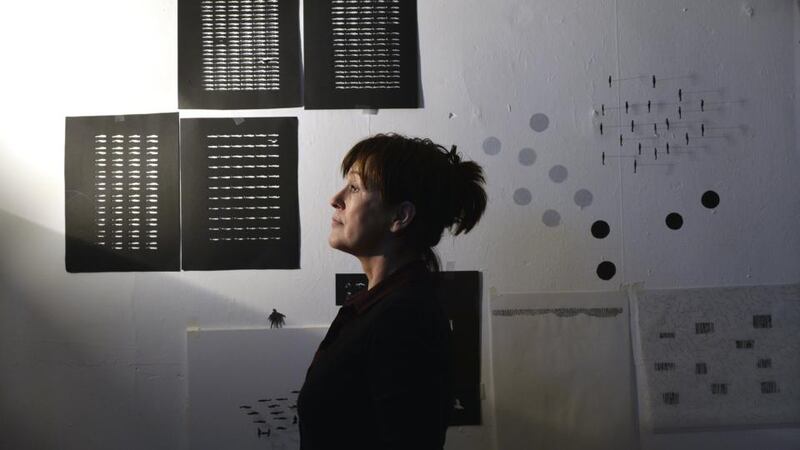
Exhibiting around the world, most recently at the RHA, and with Rubicon Projects in Brussels, Anita Groener is a member of Aosdána, and also lectures in Fine Art at DIT. “My first studio was in Temple Bar Studios back in the eighties. I was making large, broody, gestural, colourful oil paintings. Temple Bar was the new frontier back then: a very exciting time.”
As with all the best artists, her work inevitably changed over the years, something which she puts down to time; in the sense of time changing things, but also because she teaches. “Time became another concept, perhaps I learned how to categorise time, and became an acrobat juggling time.” This also led to art that used walls, videos, broken lines, dots; things, that, she says “could speak of transitory phenomena.” It is also clever, brilliant, beautiful and beguiling.
How is the recession changing the life of an artist? “Virtually all sales of artwork have stopped in Ireland since 2008, with artists and galleries losing out big time. Decreasing funding is also making it more difficult.” But, she says, despite those difficulties, “change is inevitable and is necessary. There was a certain complacency happening in the Irish art world during the rich days. Perhaps,” she adds, “the question is not how art can survive but, more significantly, what role it plays in the reshaping of a culture and history.”
Key to the art world because: artists are what makes it all mean something, and as a teacher she's working directly with the next generation.
Advice to young artists: "it's simple: go live life for a while. The pressure felt by young artists to deliver the goods as soon as they've graduated, in a very competitive art world, can be stifling."
anitagroener.com and rubicongallery.ie
The gallerist: Kevin Kavanagh
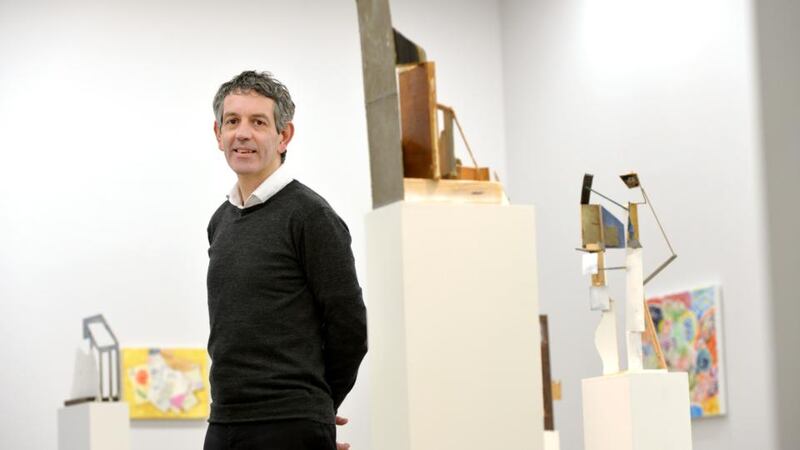
In the business for 20 years, Kevin Kavanagh’s gallery in Chancery Lane, Dublin, is one of Ireland’s leading private galleries, working with artists including Nevan Lahart, Amanda Coogan, Sean Lynch and Mick O’Dea. With help from Culture Ireland, he brought Diana Copperwhite to New York, which resulted in her getting a show there next year. So how does an artist get to work with him? “I like to introduce a new artist each year, but there’s no formal application. By keeping an eye on what’s going on, you know who you want to show.” He also works with curators, who “bring a different energy, new ideas and other artists to the gallery”.
Nevertheless, things aren’t easy. “I invested €150,000 in the new space, whose opening coincided with the bank guarantee in September, 2008. There has been a change in mindset regarding collecting, with less sales, though still plenty of visitors. I am not sure how this will pan out. But it’s a good time to start collecting, there’s good value.”
You get the strong sense with Kavanagh that he's in the business because he loves it, and he's quick to mention that, despite the obvious serious side and the financial pressures, there's fun to be had. "Buying art gets very enjoyable, with opportunities to meet the artists, other collectors, critics, curators; all those that make up the art world." He's quite right, art parties can be some of the best. Current exhibition: Enigma, Roxana Manouchehri, until Jan 11th.
Key to the art world because: he's the interface between artists and collectors.
What's next? "Keep an eye on Paul Nugent, showing next September. Plus we're bringing Sonia Shiel to New York in March, and Sinéad Ní Mhaonaigh to Basel."
kevinkavanaghgallery.ie
The new breed: Grace McEvoy

NCAD graduate Grace McEvoy is one of the new creative generation who have made a virtue out of the recession, cofounding Block T in a former warehouse in Dublin’s Smithfield. Since setting up in 2010, the award-winning venue hosts events and exhibitions, and has artists’ studios. They do this without high levels of funding, aiming to find a sustainable business model for the arts, and help artists to develop their own careers. Block T did it for themselves, but what advice does she have for anyone wanting to find a way into Ireland’s arts scene? “Get familiar with the galleries,” she says, and not just the big and established names. Look for places such as Block T, Mart, and Basic Space, which you can find out about online. “Ask to be on the mailing list, go to the exhibitions, talk to the curator and artists about the work. If you’re interested in buying make sure firstly it’s because you like the work. Don’t feel under pressure to ‘invest’.”
While it has wreaked havoc on the middle levels of the art market in Ireland, the recession has had a positive effect at grass roots. "The younger generation is starting to make a big impact," says McEvoy. "It's making Dublin a rich cultural place to live in." Her passionate commitment to Block T means she put her own art work on hold for a while, though she is now getting involved with exhibiting again, including this year as part of a project in New York's Museum of the Moving Image.
Key to the art world because: she's one of the new generation who are making things happen.
Advice to young artists: "Get a studio, surround yourself with your peers, seek out a mentor. Networking can be intimidating at first but keep at it. There are a lot of opportunities available."
blockt.ie
The auctioneer: James O’Halloran
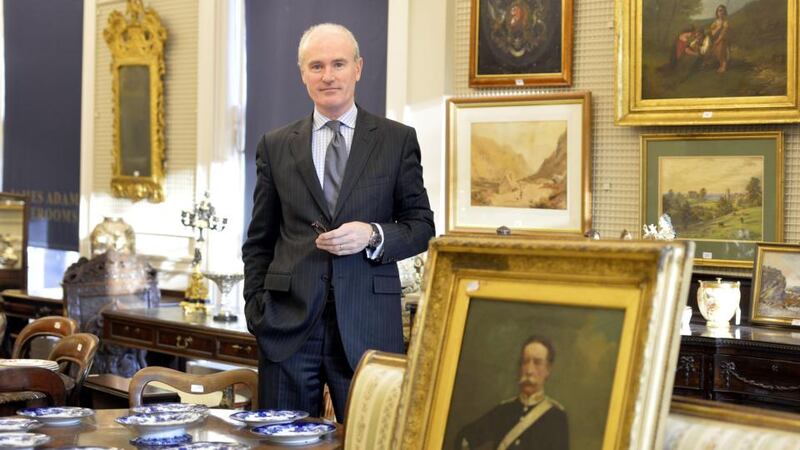
Art is often talked about in terms of money, because money can be easier to understand than art. James O’Halloran is Director of Adam’s Auctioneers, and while it’s rare to meet an auctioneer who isn’t charming, this one really does fit the bill. He explains how auctions differ from the gallery system: “Artists need galleries to promote them before the auction world gets interested in them. People buy through galleries, partly because they like the work, and partly to support the artist. An auction house’s job is to get as much money as we can for the seller. Auctions are all about getting people to compete, and it’s a very cruel place if there isn’t enough demand.”
During the boom, auction houses weren’t popular with galleries, as they were, in some cases selling works by the same artists at very different prices, and in other cases, artists with established reputations were bypassing the galleries and going direct to auction. O’Halloran agrees, though points out, that “that’s not our fault. And we do want and need each other to succeed because we couldn’t exist without one another.”
O’Halloran is upbeat about the auction market, though notes that it’s hottest at the top end, which means it’s all about established artists. “It’s harder to sell something at €500 or €1,000. The market we have reflects people’s anxiety about taking chances. In the Celtic Tiger there was speculation, and for some artists the market exploded, almost overnight. A lot of people who were speculating were caught, but that’s not the fault of art, it’s the fault of the way people were buying. Not everything an artist produces is brilliant.”
Key to the art world because: he's at the cutting edge of the interface between art and the prices it can fetch; and has brilliant insights into what makes the art world tick.
What to look for: "Paul Henry is gilt-edged at the moment. Also look for strong work from the 1950s to the '70s. A younger artist to watch is Bernadette Kiely."
adams.ie










